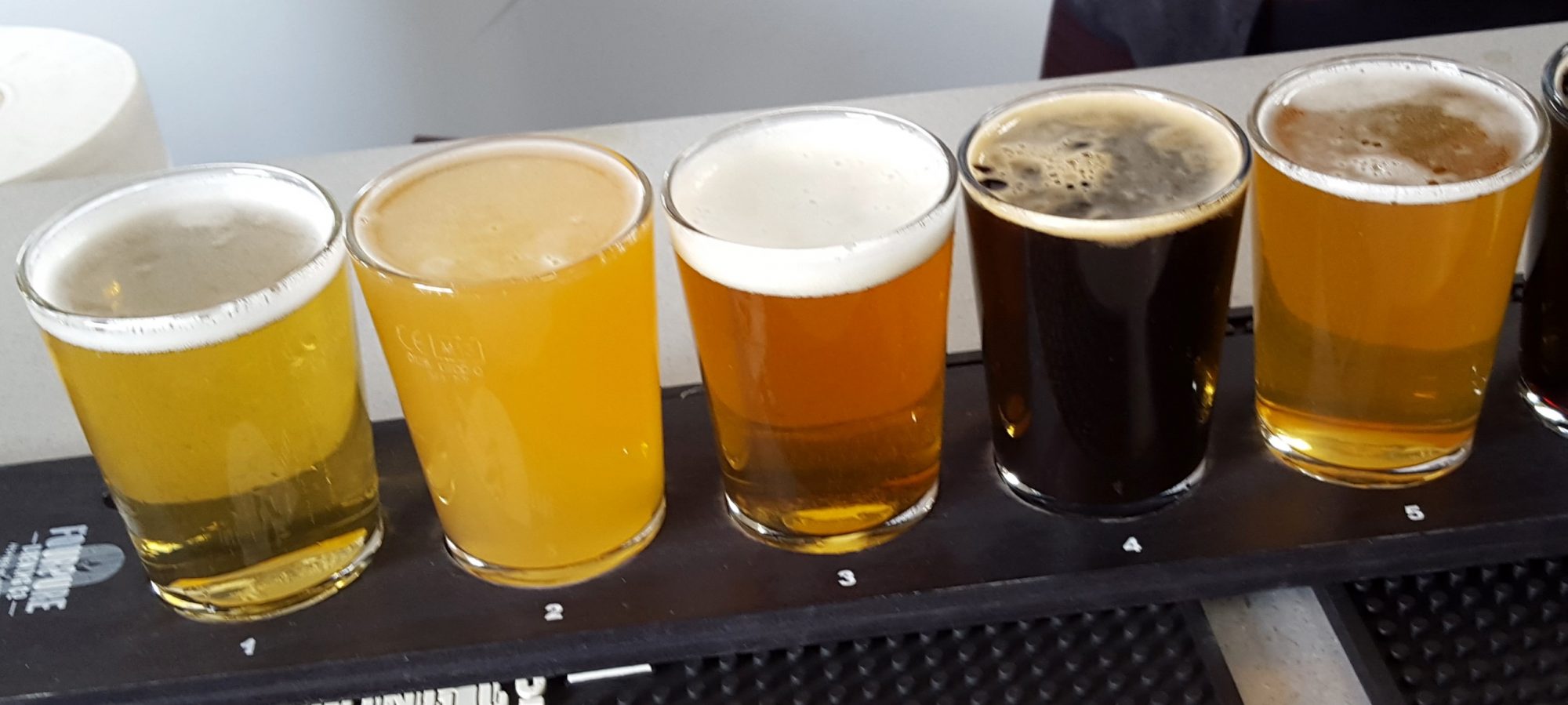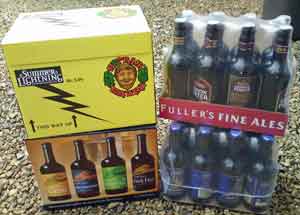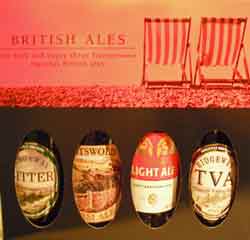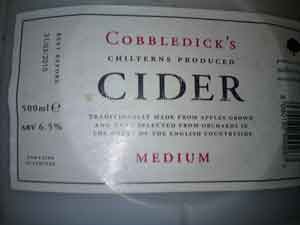It’s time to vote on our local POTY (Pub of the Year). Despite the hostile economic climate and the particularly vindictive and cynical attitude from the government, it’s amazing that we had so many good pubs to choose from when we did our recent Good Beer Guide 2011 selection (yes, we think it’s crazy too that we have to select them so early — and no, I can’t give clues as to which we chose — although the list is likely to change due to landlord changes and so on before the book goes to press).
We had something quite unexpected turn up in the middle of last year when the Cross Keys in Thame, formerly mainly known for being a forbidding looking place to enter (you never really knew if it was open) and also for its occasional strippers, suddenly became a six-real-ale beer paradise. It then followed up by opening a brewery in its outhouses. However, as it only opened in its new incarnation halfway through the year then it might not be fair to the other pubs to include it in the running for POTY. An award of Most Improved Pub would be well-deserved, although it’s latterly had competition for that from the Bootleggers’ (formerly Flint Cottage) near High Wycombe station.
We had a worthy winner in the Whip at Lacey Green last year — a pub that had been runner-up a few times and so especially deserved its win. Last year’s runners-ups are still going strong.
The Wheel in Naphill is a great example of a community local — running several beer festivals a year and having four good real ales. It also has some of the best provision for smokers in the local area. It’s rumoured that Mark, the landlord put a sign up last year saying ‘Local CAMRA Pub of the Year’ and in small letters ‘Finalist’!
The Eight Bells is a picture postcard village local — and as the village is the incredibly photogenic Long Crendon then it’s very much the sort of pub you can picture Inspector Barnaby from Midsomer Murders visiting (although, to our knowledge it’s not one of the many local pubs that have featured in the programme so far). The pub is 400 years old and has plenty of ancient features and associations with the likes of the Morris Men. However, the landlady, Helen Copleston, has done a great job in promoting real ale. A stillage has been built behind the bar from which three beers are normally dispensed on gravity and two regulars on handpump — Wadworth Henry IPA and their own house brew — Hell’s Bells (get it?), brewed by Ringwood.
The 2004 winner, the Shepherd’s Crook in Crowell, was in the running again last year and it will be joined this year by the 2005 winner — the Three Horseshoes at Burroughs Grove, Marlow, which is the defacto brewery tap for Rebellion. We’ve canvassed the membership by e-mail for any other pubs which may be worthy of consideration.
The winners for the last four years are all ineligible: the Royal Standard, Wooburn Common; the King’s Head and the Hop Pole in Aylesbury; and the above mentioned Whip. Many other CAMRA branches don’t have this type of re-election rule and, consequently, tend to make the same pub their POTY year after year, which seems most unfair to the rest of the pubs in their areas. It’s probably politically motivated in many cases in order to get that pub through to the regional and national POTY competitions. If so, one imagines that the landlords concerned might scratch the backs of the local branch committee for the persistent publicity and exposure. Rest assured that, as far as I’m aware, all our POTYs are chosen completely on their merits — though I must declare that Helen at the Eight Bells gave me a nice cup of tea when I surveyed it for the GBG 2011!



